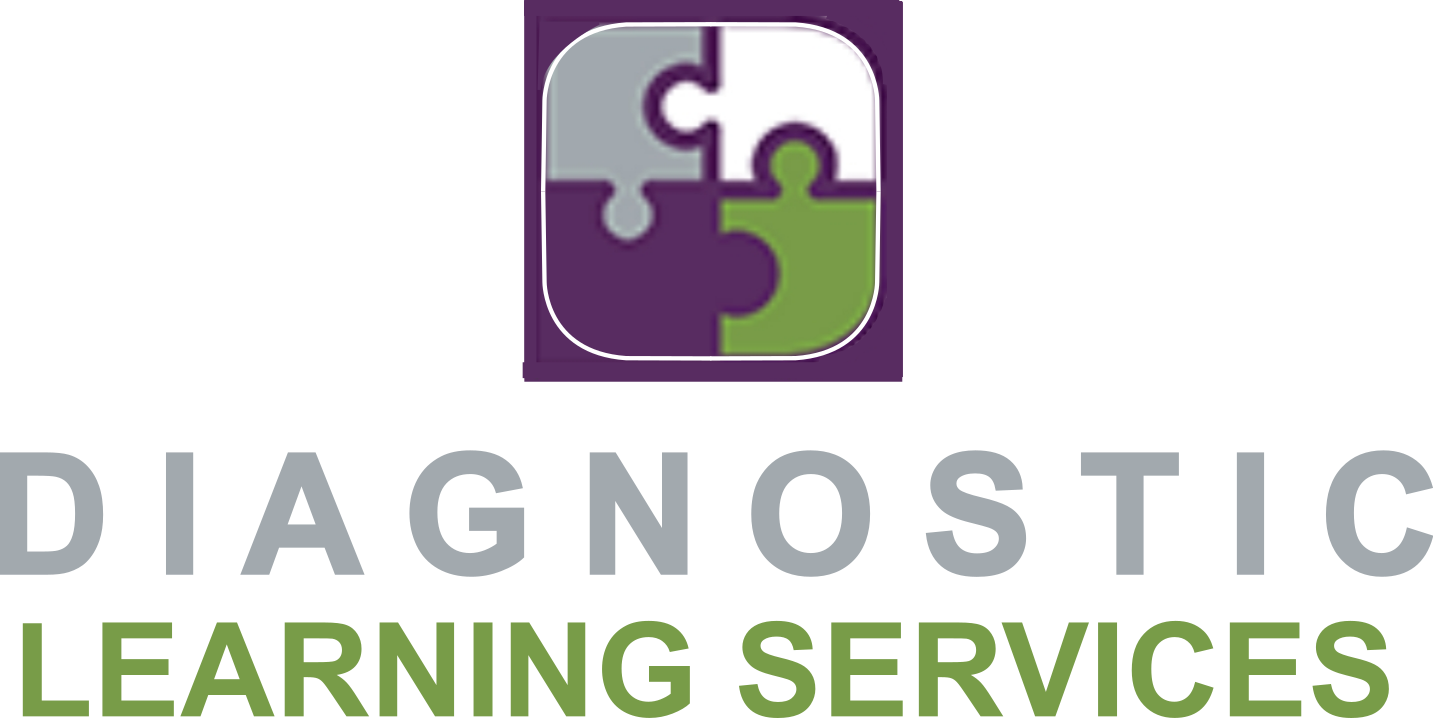Unraveling the Challenges of Dysgraphia: Beyond Messy Handwriting
Dysgraphia, a learning disability that transcends mere messy handwriting, poses unique challenges that extend beyond the physical act of writing. Often subtle in nature, dysgraphia can go unnoticed, particularly in bright individuals who find creative ways to compensate for their difficulties. Early detection and intervention are crucial to addressing dysgraphia effectively, as undiagnosed individuals may grapple with ongoing struggles in academic and professional settings, impacting both performance and self-esteem.
The Complexity of Dysgraphia
It's important to recognize that dysgraphia manifests differently in each individual, with symptoms varying in both type and severity. While some may struggle with handwriting, others might face challenges in fine motor skills, such as cutting food or manipulating small objects. Digital preferences over handwritten notes, avoidance of writing, and difficulties with tasks involving sequential directions are all potential signs of dysgraphia.
Early detection becomes pivotal in addressing dysgraphia effectively. Without proper identification, individuals grapple with persistent hurdles in tasks involving written expression. Beyond the academic sphere, dysgraphia's influence extends to one's self-esteem, potentially leading individuals to internalize their difficulties, undermining their sense of capability.
Navigating Dysgraphia at Home:
For those experiencing dysgraphia symptoms in a home setting, the challenges extend beyond the classroom or workplace. Fine motor skills are not only crucial for writing but also for everyday tasks like handling utensils and small objects. Identifying these challenges early on can pave the way for targeted interventions to mitigate the impact of dysgraphia.
Dysgraphia in the Workplace:
In a world increasingly reliant on digital communication, dysgraphia can still present challenges in a professional setting. Despite reduced emphasis on handwriting, individuals with dysgraphia may struggle with spell-check, encounter difficulties when filling out forms by hand, and produce illegible handwriting. Mixing uppercase and lowercase letters, omitting letters or word endings, and experiencing hand cramps during writing are additional indicators that should not be overlooked.
Moreover, the challenges extend to typing, with difficulties discerning misspelled words and potential issues in written communication such as rambling emails or reports. These difficulties can hinder efficiency and productivity in a professional environment.
Seeking Support and Managing Dysgraphia
Individuals experiencing symptoms of dysgraphia are encouraged to seek professional assessment and support. Occupational therapy, assistive technology, and tailored educational interventions can prove instrumental in managing and improving the challenges associated with dysgraphia. Moreover, understanding and accommodations from colleagues and supervisors contribute significantly to fostering a more supportive work environment.
